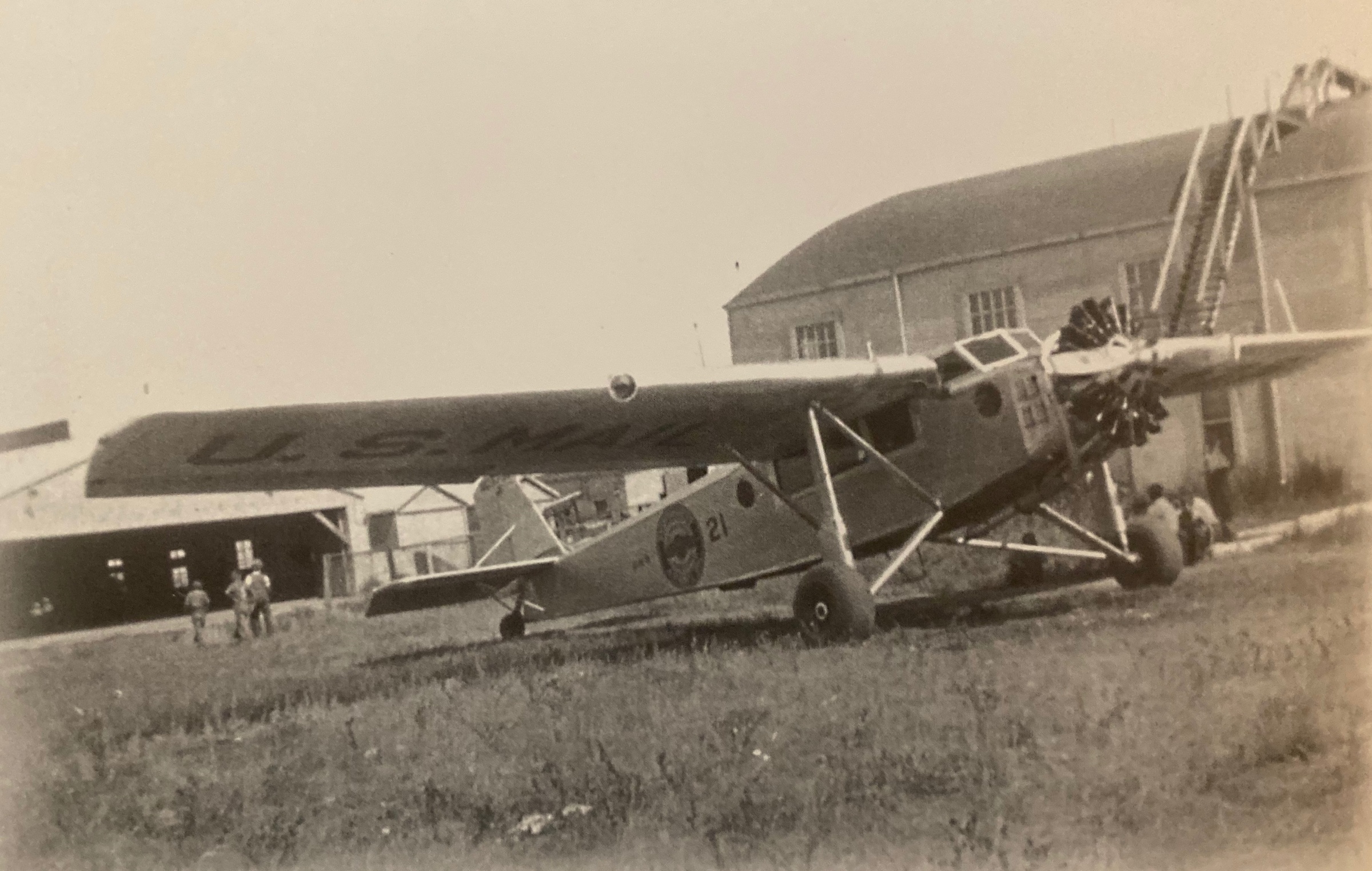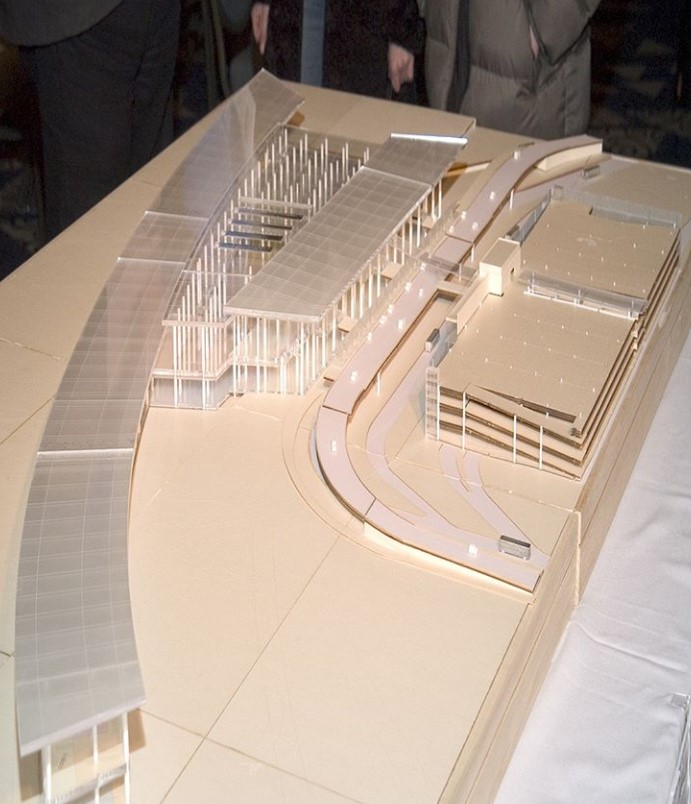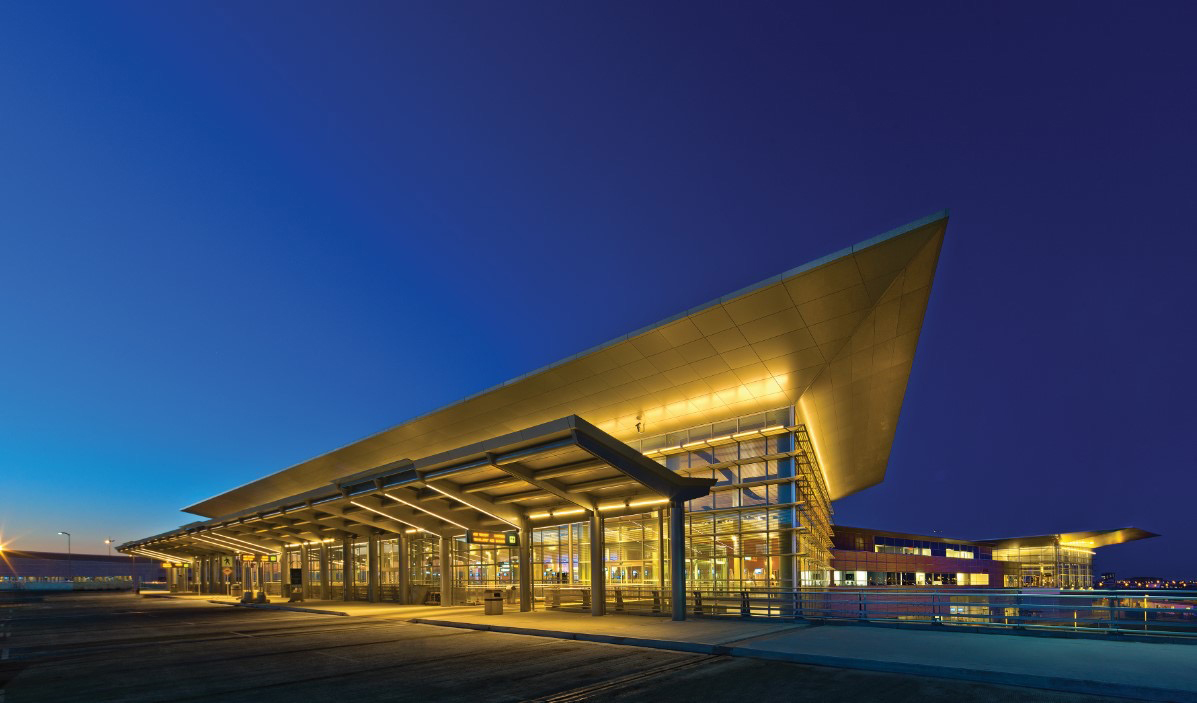The origin of Winnipeg Richardson International Airport dates back to May 27 and 28, 1928, when the Winnipeg Flying Club opened an airfield in the Rural Municipality of St. James. A crowd of 7,000 people attended the two-day opening ceremony for the newly created Stevenson Aerodrome, named after Manitoba aviation pioneer Captain Fred Stevenson. During those early years, the airfield consisted of a tiny cabin, a 3.6-metre hangar for storing folding-wing aircraft, and sod and clay runways on 165 acres of prairie land.

From humble beginnings
In 1930, Western Canada Airways became the first major carrier to use the airfield. Northwest Airways began service the following year between Winnipeg and Pembina, North Dakota, turning Stevenson Field into an international airport. Then in 1936, the federal government announced Winnipeg would be home to the newly created Trans-Canada Air Lines (TCA) as the city was close to the geographic centre of Canada, there were no mountains, the weather conditions were good for flying, and knowledgeable aviators of the day endorsed it as an ideal training area. To facilitate the national airline, Stevenson Field was expanded to 800 acres and underwent significant upgrades. By 1938, there were four civil aviation hangars, a Royal Canaidan Air Force hangar, three hard-surface runways measuring 960 meters long and 45 meters wide, boundary lights, a radio range station, weather reporting and forecasting facilities, and an air traffic control tower.
Soon after TCA became fully operational, the Second World War brought another surge of activity. The airport mushroomed into a mini-city as Winnipeg became the flight training headquarters for the British Commonwealth Air Training Program (BCATP). The field was suddenly host to dozens of new buildings, hundreds of planes, and thousands of workers. BCATP produced more than 130,000 pilots and aircrew before the final days of the war.
By the 1950s, Stevenson Field grew to become Canada's fourth largest civil airport. To help handle the increase in traffic, a new terminal opened in 1952. The airport also handled more military traffic than any other civil airfield in the country as it was home to the RCAF No. 2 Navigation School and the largest NATO air training school in Canada.
To better reflect the community it served, as well as the international capabilities of the facility, Stevenson Field was officially renamed Winnipeg International Airport in 1958. A new $18-million terminal followed in 1964 but quickly outgrew its capacity to handle 600,000 passengers a year. During the 1980s, the terminal was renovated as part of a $100-million upgrade to the entire airport.
Winnipeg Airports Authority
Winnipeg Airports Authority was established in 1992 to explore the feasibility of community ownership of Winnipeg International Airport. A Memorandum of Understanding was signed in 1993, providing the framework for discussions and negotiations with Transport Canada. On January 1, 1997, the transfer of Winnipeg International Airport from Transport Canada to the community-based WAA became official. Plans for upgrades and renewals began immediately. In 2004, WAA announced the building of a new terminal, a parkade, roadway system, and airside infrastructure. Prior to construction, Winnipeg International Airport was renamed Winnipeg James Armstrong Richardson International Airport at a ceremony on December 10, 2006 to honour the founder of Western Canada Airways.
In 2010, Queen Elizabeth II and Prince Philip became the first passengers to travel through the new terminal. During the visit, Her Majesty placed a letter to the youth of Manitoba along with a gift inside a time capsule, which is currently on display in Queen's Court. The new terminal, designed by renowned architect César Pelli, officially opened the following year. It features soaring ceilings, universally designed principles, panoramic windows, and natural elements to create a sense of space, openness, and connection.

Building for the future
Following several years of record-breaking growth, WAA broke ground in 2018 on a $27-million Ground Services Equipment building to improve overall efficiency in airport operations. Planning is also now underway for a $62-million Multi-Tenant Air Cargo Logistics Facility, funded in part through a $30 million investment from the federal government under the National Trade Corridors Fund, to increase freight capabilities and help partners meet demand for years to come at Winnipeg Richardson International Airport.
